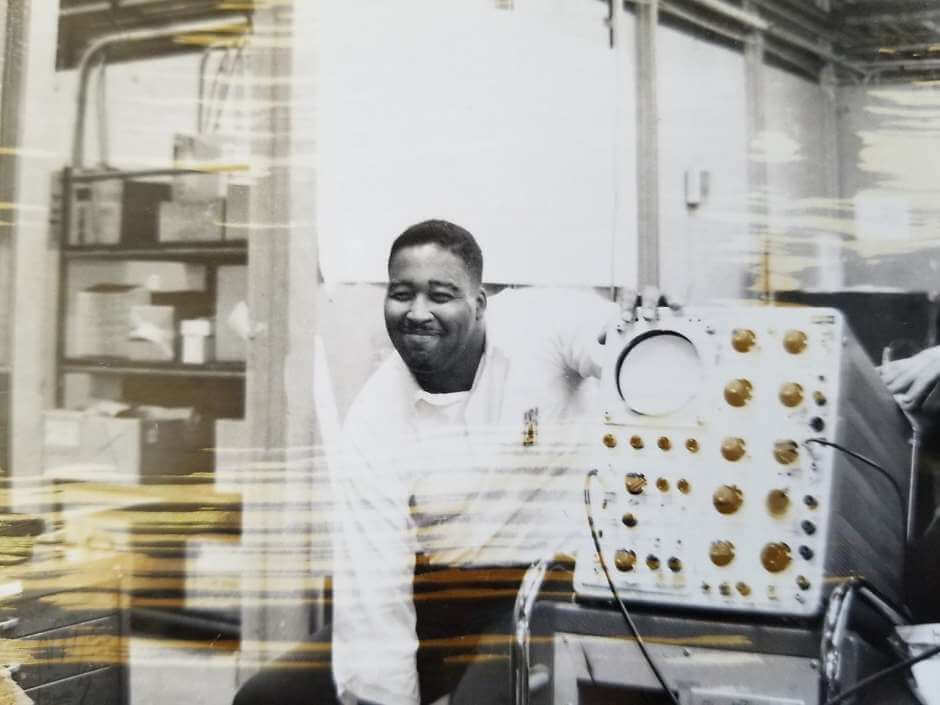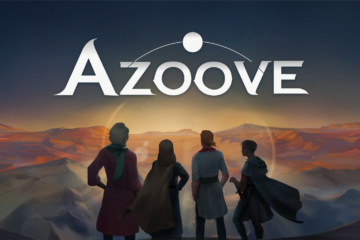Working together with the IGDA Foundation, Stride PR assisted the San Francisco Chronicle on a beautiful piece about the life and impact Jerry Lawson had on the tech industry. He’ll be forever honored by IGDA-F’s Jerry A. Lawson Award for Achievement in Game Development.
Through his own research, he discovered that ham radio stations transmitted out of federal housing projects didn’t need the permission of management to set up their own broadcast hubs — a fortuitous loophole. He got his license and built the radio station out of his bedroom, with the antenna hung out of his window. The background chatter of other people’s activities somewhere else in the world fascinated him.
Decades later in 1970s Silicon Valley, Lawson found an opening through which he could escape to what he truly loved, and provide children around the world their own escape. The self-taught engineer without a college education was behind one of the most significant inventions of the century: the first video game system with interchangeable cartridges, which revolutionized the burgeoning industry of home video gaming. In the developing world of pastoral, cow-town Silicon Valley, he did so as one of the sector’s few Black men.
In business meetings, people were often startled when he walked into the room, and even told him they had assumed he would be white. Later in life, when he made appearances on the radio, a woman told him she had fallen in love with his voice but had imagined him with blond hair and blue eyes. These encounters, though sometimes subtle and in passing, cemented a stark reality: For some of his colleagues, he was the first Black person they’d ever worked for. For others, the first one they’d ever known.
Lawson had all but receded from public view until 2009, when he was included in a documentary called “Freedom Riders of the Cutting Edge.” Two years later, its filmmaker mentioned Lawson to Joseph Saulter, who was chairman of the International Game Developers Association’s diversity advisory board. Saulter, one of the few African Americans in the industry of game design, was shocked he had never heard of Lawson. He immediately gave him a call. “All of a sudden my whole world changed,” Saulter said. “For me to find him was like finding water in the desert.”
Only after Lawson’s death, it seemed, did the world start to wake up to his relevance. Awards were named in his honor. Museums and archives put resources into exhibits about his life’s work. His face started to float around the internet intermittently, and mostly during Black History Month. “At this point, it’s crucial that we tell the narrative and promote the legacy because that’s all we have,” Karen said. “He’s not here anymore.”
But his ideas, his designs, his visions still are. They live on every time someone boots up their console, clasps their hand around a controller and inserts a game into the system — a portal to some other world, a fantasy or desperate escape, if only for a second.
The Jerry A. Lawson Award for Achievement in Game Development highlights the accomplishments of a person who identifies as an under-represented minority in the game development community, with a specific recognition of work directly related to game development. By highlighting advancements in the industry and products we love, the IGDA Foundation hopes to raise awareness of the many people who have made an important contribution to game development in the industry’s history.
Please read the full article on the San Francisco Chronicle and learn more about The Jerry Lawson Award for Achievement in Game Development on the IGDA Foundation’s website.



